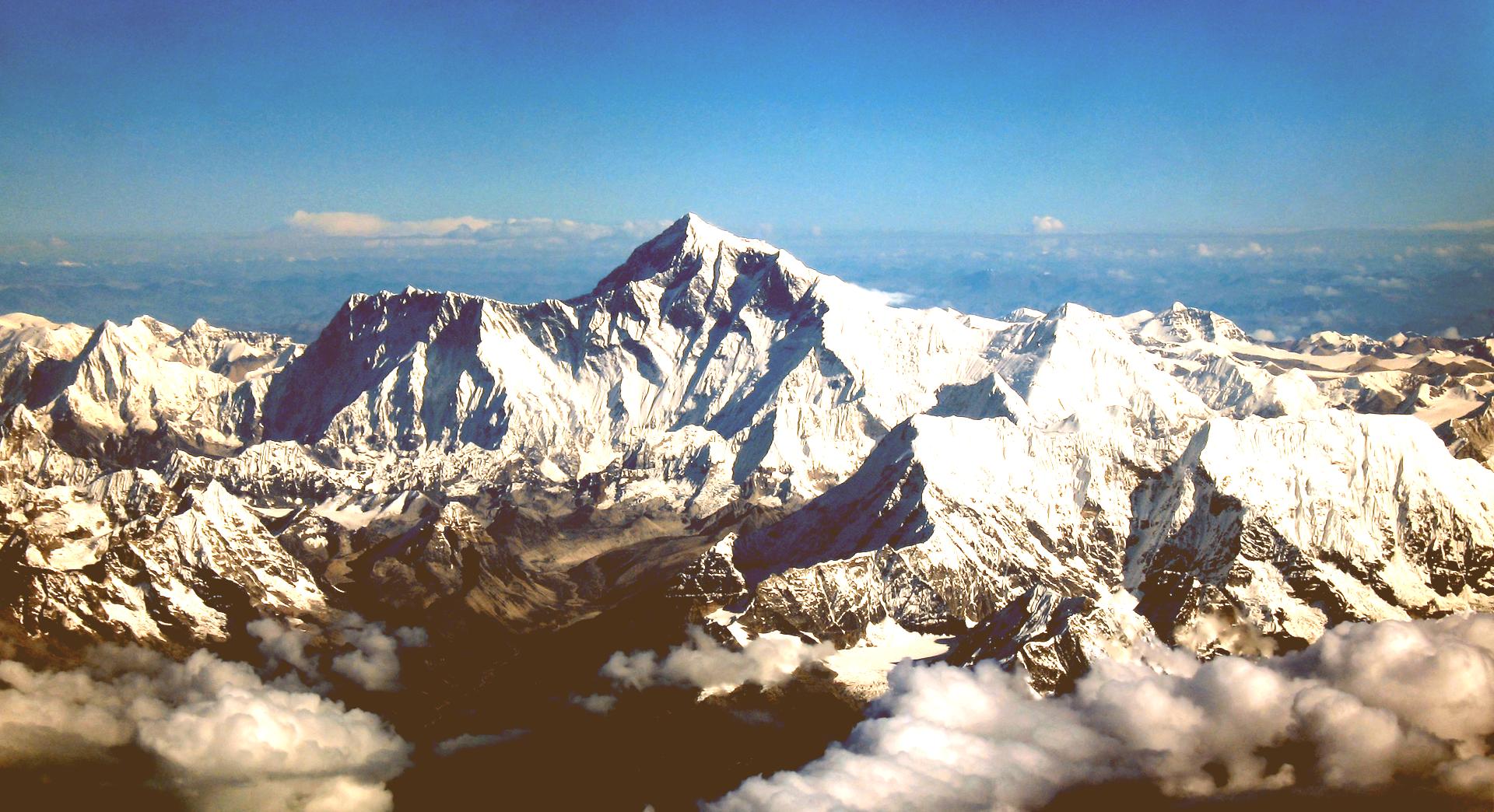
KATHMANDU/NEW DELHI (TIP): On his way down from the top of Mount Everest, Indian mountaineer Nava Kumar Phukon saw the woman sway from side to side – a classic sign of severe mountain sickness – as snow and fog reduced visibility to less than 10 feet (3 metres).
Phukon’s sherpa guide later told him the woman was 34-year-old Australian Maria Strydom, who died last Saturday on the high slopes of Everest after making a failed push for the summit.
“The sherpa who was trying to help her told me: ‘She is going to die’,” Phukon said after returning to Kathmandu from his own exhausting but successful summit bid.
“I did not have any extra oxygen, clothes or food, not even water to offer to her,” Phukon said. “I was so weak myself.”
Reuters could not independently confirm that it was the same woman, although both the sherpa guides worked for the same agency Seven Summit Treks and knew each other.
Three deaths in as many days on the world’s tallest mountain have renewed safety concerns after eager climbers flocked to the 8,850-metre (29,035-foot) summit for the first time since last year when an avalanche triggered by a magnitude-7.8 earthquake struck Base Camp, and all expeditions ground to a halt.
A Dutch national, also with Seven Summit Treks, died last Friday in the notorious ‘death zone’ where the air is so thin that only the fittest can survive without bottled oxygen, while an Indian perished on Sunday due to exhaustion. Two other Indian climbers have been missing since Saturday, and are feared dead.
Officials from Seven Summit Treks said 13 sherpas bringing Strydom’s body down the mountain had encountered heavy snowfall at about 7,700 metres on Tuesday. When the weather improves they will resume the rescue, and her body will be flown to Kathmandu later this week, before the spring climbing season shuts with the onset of the monsoon.
Deaths are not uncommon on Everest and the number of fatalities this year is close to average. But experts say the lure of reaching the highest point on Earth is increasingly attracting less experienced climbers served by agencies hungry for business.
“Climbers are careless and confused about their strength and preparedness,” said 30-year old Indian Ratnesh Pandey after summiting Everest on Saturday, without naming anyone.
He said temperatures plummeted to minus 30 degrees Celsius (minus 22 Fahrenheit) near the top, while fierce winds closed many of the “weather windows” in the upper reaches, making this year’s journey particularly tough.
Scaling Everest is far from the world’s most treacherous climb from a technical perspective. Mountaineering expert Alan Arnette estimates deaths at about 3 per cent of attempts, against one in four on Annapurna, a Nepalese massif with its main peak surpassing 8,000 metres.





Be the first to comment